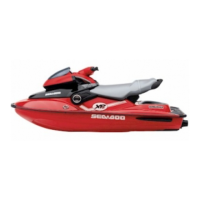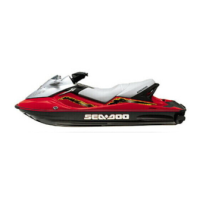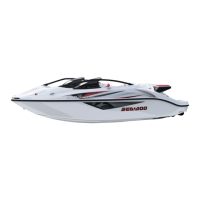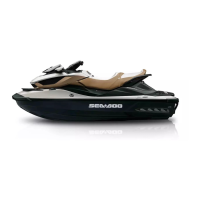Section 08 ENGINE MANAGEMENT (4-TEC)
Subsection 03 (COMPONENT INSPECTION AND ADJUSTMENT)
SMR2003_027 _08_03A.FM 08-03-1
COMPONENT INSPECTION AND
ADJUSTMENT 0
GENERAL
Engine problems are not necessarily related to the
electronic fuel injection system.
It is important to ensure that the mechanical integ-
rity of the engine/propulsion system is present:
– good jet pump/drive system operation
– good engine compression and properly operat-
ing mechanical components, no leaks etc.
– fuel pump connection and fuel lines without leaks.
Check the chart in TROUBLESHOOTING section
to have an overview of problems and suggested
solutions.
When replacing a component, always check its
operation after installation.
Whenever watercraft is out of water and engine is
running, ensure to supply water through the con-
nector on jet pump support to cool down exhaust
system.
CAUTION: Never run engine without supplying
water to the exhaust cooling system when wa-
tercraft is out of water.
FUEL SYSTEM
Use the VCK (Vehicle Communication Kit) (P/N 529
035 844) to release the fuel pressure in the system.
Look in the Activation section of the B.U.D.S. soft-
ware.
Always disconnect battery properly prior to work-
ing on the fuel system. Refer to BATTERY section.
When the job is done, ensure that hoses from fuel
rail going to fuel pump are properly secured in their
supports. Then, pressurize the fuel system. Per-
form the high pressure test as explained in this
section and pressurize the fuel tank and fuel lines
as explained in FUEL SYSTEM section.
Properly reconnect the battery.
WARNING
The fuel system of a fuel injection system holds
much more pressure than on a carbureted wa-
tercraft. Prior to disconnecting a hose or to re-
moving a component from the fuel system, fol-
low the recommendation described here. Note
that some hoses may have more than one
clamp at their ends. Ensure to reinstall the
same quantity of clamps at assembly.
WARNING
Fuel lines remain under pressure at all times.
Always proceed with care and use appropriate
safety equipment when working on pressurized
fuel system. Wear safety glasses. Do not allow
fuel to spill on hot engine parts and/or on elec-
trical connectors. Proceed with care when re-
moving/installing high pressure test equipment
or disconnecting fuel line connections. Use the
VCK (Vehicle Communication Kit) to release
fuel pressure prior to removing a hose. Cover
the fuel line connection with an absorbent shop
rag. Slowly disconnect the fuel hose to mini-
mize spilling. Wipe off any fuel spillage in the
bilge. Fuel is flammable and explosive under
certain conditions. Always work in a well venti-
lated area. Always disconnect battery prior to
working on the fuel system. After performing a
pressure test, use the valve on the fuel pressure
gauge to release the pressure (if so equipped).
WARNING
Ensure to verify fuel line connections for dam-
age and that NO fuel line is disconnected prior
to installing the safety lanyard on the DESS
post. Always perform the high pressure test if
any component has been removed. A pressure
test must be done before connecting the safety
lanyard. The fuel pump is started each time the
safety lanyard is installed and it builds pressure
very quickly.

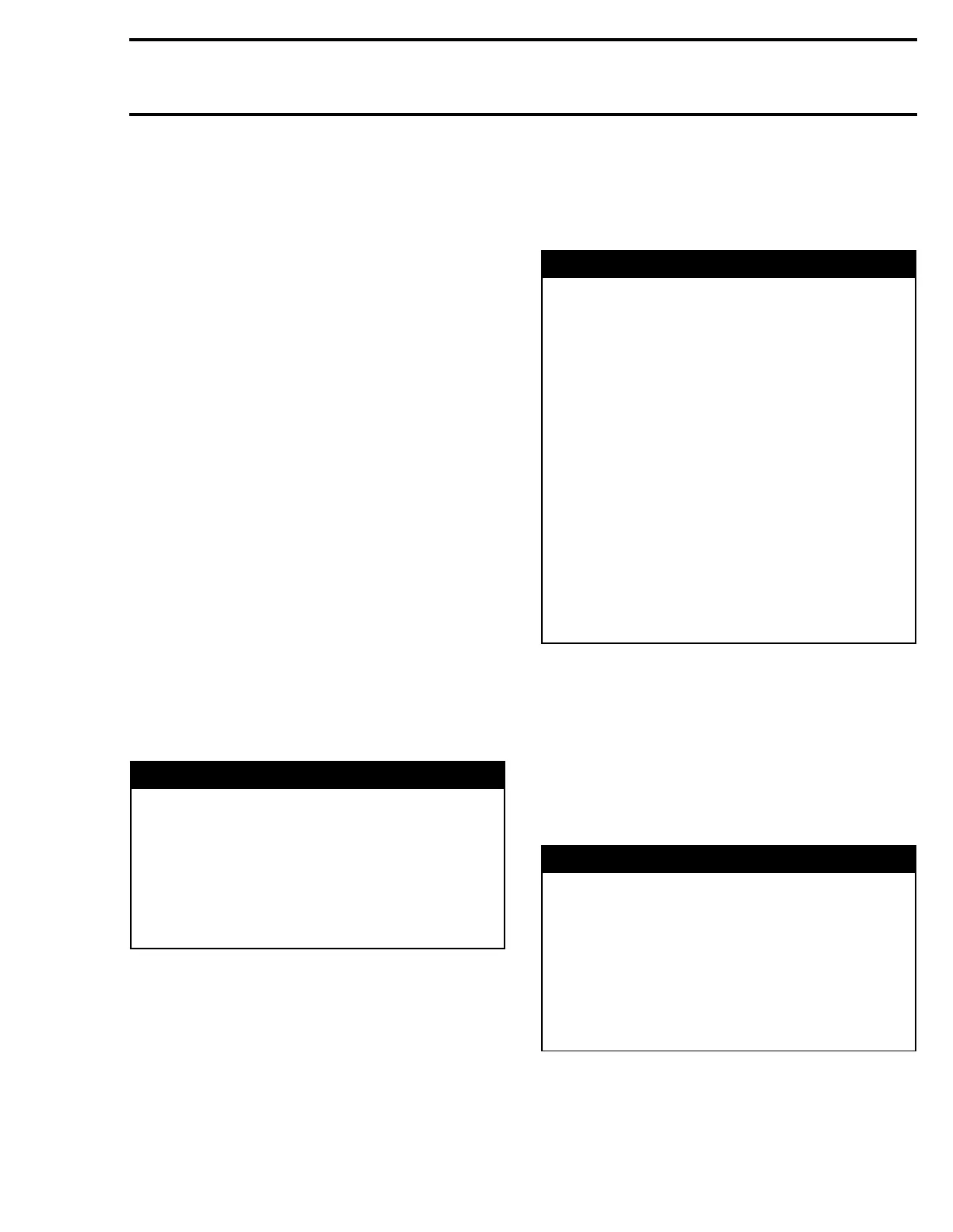